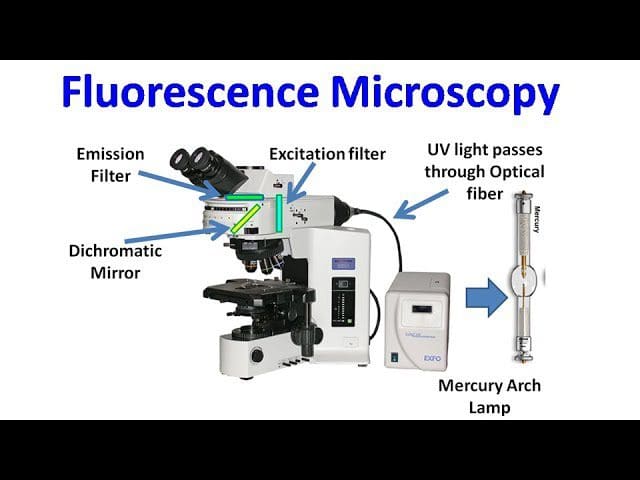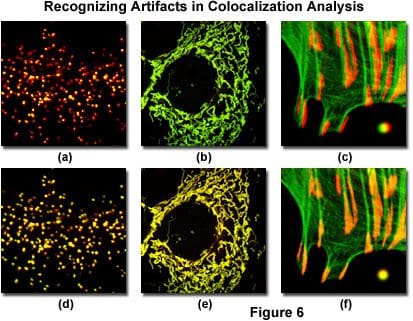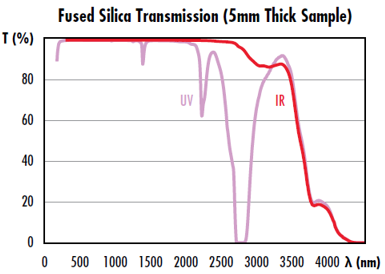
What are the differences between UV vs. IR grade fused silica?
Fused silica is a widely utilized material in...

How to clean your optical components
Handling and Cleaning Procedures for Optical Components Optical...
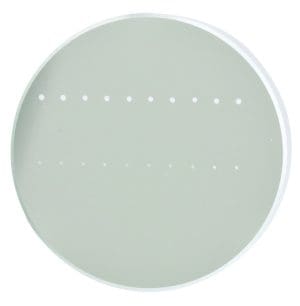
What is Laser Induced Damage Threshold (LIDT)?
Overview of Laser Induced Damage Threshold (LIDT) Measurement...
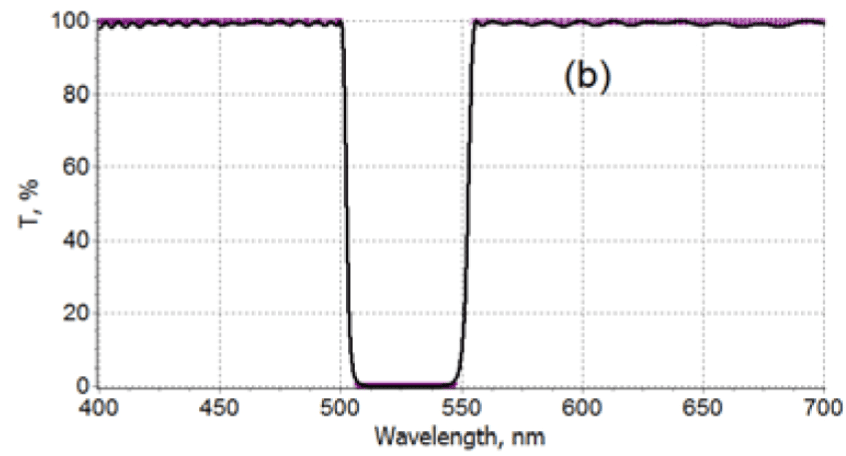
How to design and fabricate a steep notch optical filter?
Here we show the design and production method...
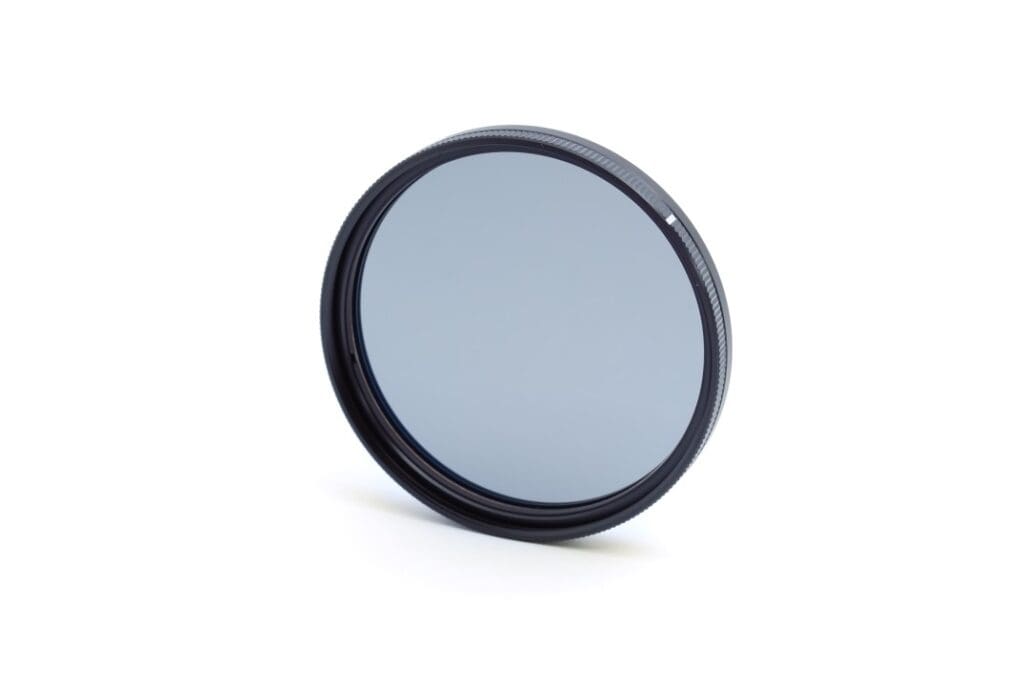
Introduction to thin film anti-reflection coatings
Antireflection coatings, essential for both single-wavelength and broadband...
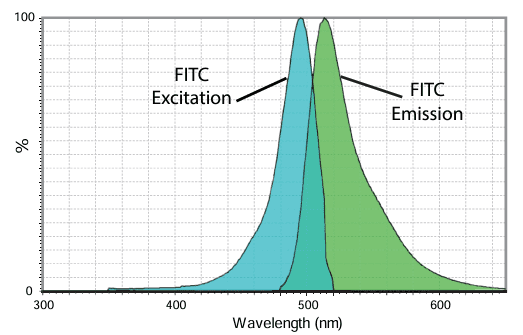
How to design filters for fluorescence microscopy
Designing Filters for Fluorescence Microscopy The primary aim...



